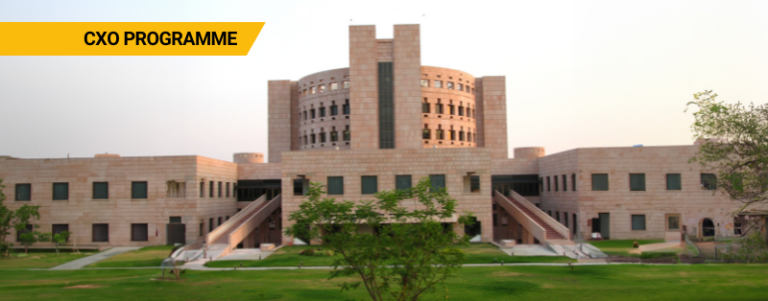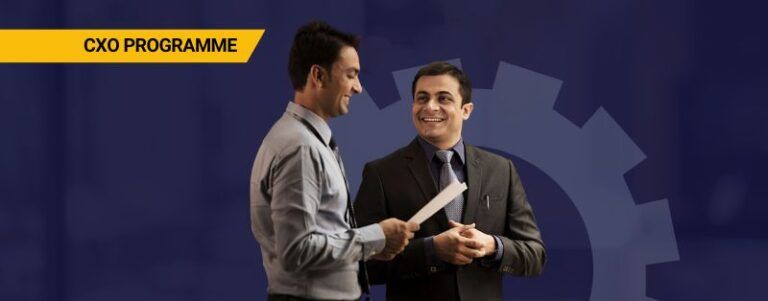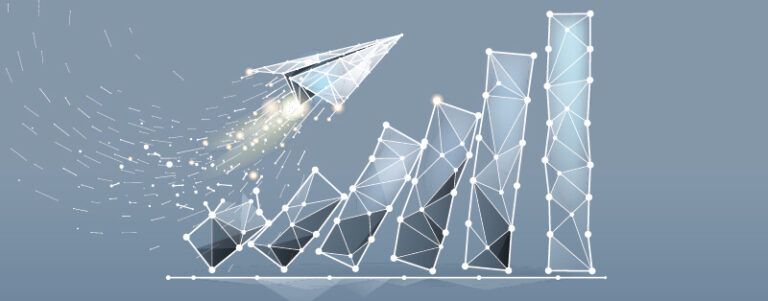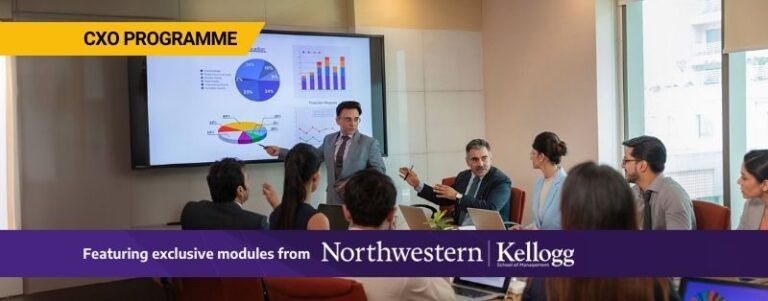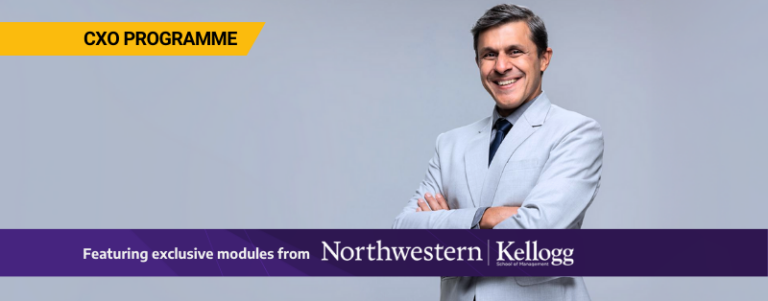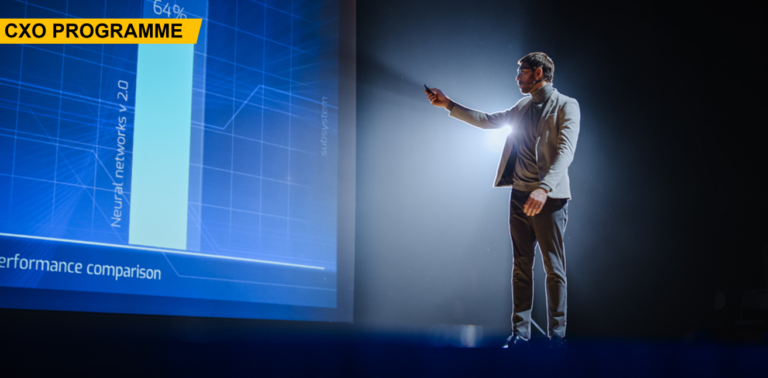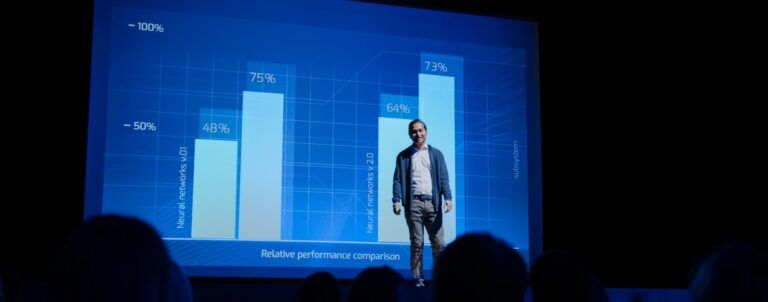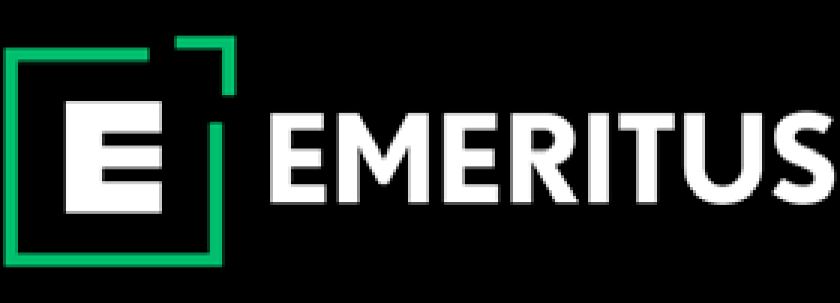Top 3 Characteristics of Top-Down and Bottom-Up Approaches

“If I had an hour to solve a problem, I would spend 55 minutes thinking about the problem and 5 minutes thinking about solutions.” This quote by Albert Einstein emphasizes the importance of analyzing a problem from different lenses to find effective solutions. The two most popular approaches to problem-solving are top-down and bottom-up. Let’s understand what is difference between top-down and bottom-up approach and how these two can be combined. For clarity’s sake, the first approach involves focusing on the bigger issue initially and then resolving smaller issues. The second one involves addressing smaller challenges to gradually focus on the larger goal.
In this blog, we will discuss:
- Bottom-Up Approach
- Top-Down Approach
- Comparative Analysis: What is Difference Between Top-Down and Bottom-Up Approach
- Choosing the Right Approach
Bottom-Up Approach
Definition and Explanation
As we delve deeper into what is difference between top-down and bottom-up approach, let us first understand the bottom-up approach. It involves viewing a problem at the basic level and gradually moving on to harder levels. In this approach, teams look at situations from the grassroots level and encourage all members to give their input. It is similar to playing a video game where you start with simple challenges and the difficulty level gradually increases.
Characteristics of Bottom-Up Problem Solving
1. Data-Driven Decision Making
Instead of the top management controlling decisions, the bottom-up approach involves taking insights from various members and making informed decisions.
2. Iterative Process
This approach promotes continuity and constant refinement of processes or products on an individual level. Team members can seek instant feedback and make faster improvements without impacting the functionality of other elements.
3. Collaborative Structure
The bottom-up approach follows a collaborative structure as various team members take part in identifying problems and finding solutions.
Examples of Bottom-Up Approaches
1. Software Development
The software development process involves preparing small or micro modules and connecting them to build a large application. All components are tested individually to ensure the proper functioning of the application.
2. Biological Systems
This is one of the best examples of understanding the concept of the bottom-up approach. Human, plant, and animal bodies are made up of small cells that have specific functions. The amalgamation of all these cells leads to the functioning of various body organs.
ALSO READ: The Best Problem-Solving Models to Use | Emeritus India
Leadership Courses
Top-Down Approach
Definition and Explanation
Those at a lower hierarchy level in an organization are focused on managing smaller problems at an individual level. They ignore broadening their mindset, assessing greater risks, driving innovation, and predicting future risks. Continuously neglecting bigger goals or problems can hamper organizational growth in the long run.
Therefore, in the top-down approach, the core focus is on the big picture. Those highest in the hierarchy create a plan to achieve the long-term goals of the organization. This is primarily because they have a comprehensive view of the organizational processes and performance. It helps them manage potential risks on a larger scale.
In top-down approach of problem-solving, a problem or information is centralized to have a holistic view or a bigger perspective. Once the general problem is clear, you can move on to more specific details contributing to the main challenge. A top-down approach to problem-solving moves from the macro-level to the micro-level.

Characteristics of Top-Down Problem Solving
1. Goal-Oriented
The top-down approach requires focusing on the primary goal or problem and then identifying subgoals or challenges accordingly.
2. Efficient Resource Allocation
This approach enables leaders to analyze various requirements and facilitates efficient allocation of resources.
3. Hierarchy
In this approach, information flows from the top level of the organization to the bottom level, creating a waterfall effect.
ALSO READ: How Adaptive Leadership Can Help Indian Leaders Drive Success
Examples of Top-Down Approaches
Here are a few examples of the top-down approach that will help you understand what is difference between top-down and bottom-up approach better:
1. Project Management
In project management, the top-down approach defines the key problem or the project goal at the top. The entire project is then divided into smaller sprints to achieve specific milestones. The next step involves identifying tools and frameworks, and allocating resources to complete each sprint.
2. Education Curriculum Design
The top-down approach is commonly followed while designing course curricula in object-oriented courses. It involves defining a broad outcome of a course. Once that is prepared, the course designers add relevant modules, subjects, and other learning elements. This helps learners achieve the desired outcome. Emeritus’ online courses are an ideal example of an object-oriented curriculum.
ALSO READ: Essential Leadership Skills: A Comprehensive Guide For Working Professionals
Comparative Analysis: What is Difference Between Top-Down and Bottom-Up Approach
Now that you have an overview of what is top-down and bottom-up approaches, let’s delve deeper into what is difference between top-down and bottom-up approach. Let’s look at their advantages and limitations and how these approaches can be used to find solutions in specific situations.
Advantages of Bottom-Up Approach
1. Flexibility and Adaptability
The bottom-up approach offers flexibility and adaptability, helping organizations tackle dynamic challenges.
2. In-Depth Understanding of Details
It, furthermore, allows all team members and stakeholders to have a clear understanding of the problem statement, solutions, and goals.
Advantages of Top-Down Approach
1. Strategic Planning
The top-down approach of problem-solving facilitates strategic planning. Information flows down from senior and experienced professionals to junior team members in this approach.
2. Resource Efficiency
It also enables efficient resource utilization as the management defines high-priority areas and allocates time and funds accordingly.
Limitations of Bottom-Up Approach
1. Potential Lack of Coherence
Teams following the bottom-up approach work on multiple small components simultaneously, obviously leading to a lack of coordination among teams. It impacts productivity on a huge scale.
2. Time-Consuming
Information is collected from various levels and collated to create a main problem statement in this approach. This slows down the decision-making process.
Limitations of Top-Down Approach
- Potential Oversimplification
The top-down approach sometimes decentralizes the problem to the extent that people lose view of the main goal and start working on specific, individual items. This slows down the decision-making process.
2. Limited Adaptability
Since the top management makes decisions in top-down processes, it leaves little room for flexibility or adaptability.
ALSO READ: 8 Types of Leadership Styles and How to Choose Yours
Choosing the Right Approach
We have addressed what is difference between top-down and bottom-up approach. The next important question is figuring out how to decide the best approach for an issue.
Consideration of Problem Complexity
1. Simple vs. Complex Problems
The top-down approach is more beneficial in the case of complex problems as it focuses on the main problem. It then goes on to simplify it by breaking it down into smaller components. Therefore, the top-down approach is suitable for tackling simple problems.
2. Dynamic vs. Static Environments
Teams following a top-down approach are less flexible and, therefore, suitable for static environments. On the contrary, dynamic environments leverage bottom-up approaches.

Evaluation of Available Resources
3. Time Constraints
The decision-making process takes time. Hence, if you have a time crunch, a top-down approach is more suitable. However, in the case of flexible deadlines, the bottom-up approach can foster innovation.
4. Budgetary Considerations
Without a doubt, the top-down approach supports strategic planning. Hence, it is more suitable in case of budgetary constraints.
ALSO READ: The Makings of a Successful Technical Leader: 10 Qualities to Develop
Integration of Both Approaches
As explained earlier, when discussing what is difference between top-down and bottom-up approach, both have certain advantages and challenges. Therefore, many leaders consider integrating them to find the most effective solution. Let’s understand how a hybrid model works by combining what is top-down and bottom-up approach.
- The top management defines a major goal or vision for the organization or sets a clear problem statement.
- Now comes the bottom-up approach. Here, team members at the lower level are also encouraged to participate, identify problems, create solutions, and collaborate. This is facilitated through frequent collective brainstorming, feedback, and mentorship sessions.
- Apart from the above, individual team members also develop solutions on a micro level. They are approved by the top management. All solutions at the lower levels are integrated to achieve the final goal.
Real-World Examples of Integration
1. Improving Healthcare
From the top-down view, the government develops healthcare policies and focuses on improving the infrastructure. However, on a micro level, various communities and organizations research and conduct surveys to understand and resolve complex problems.
2. Environmental Protection Activities
Similar to healthcare, the government also takes environmental initiatives on a macro level and frames policies. Local or state-level communities and organizations work at the grassroots level on activities like waste management.
To conclude, effective problem-solving is one of the most critical leadership skills, especially in the modern business world. As the business landscape evolves, leaders need to upskill. You must learn the latest trends and unique problem-solving strategies to navigate through various challenges and foster growth. If you are wondering where to start, enroll in Emeritus’ online leadership courses. Acquire relevant skills and train them to successfully tackle practical challenges ahead.
Write to us at content@emeritus.org

